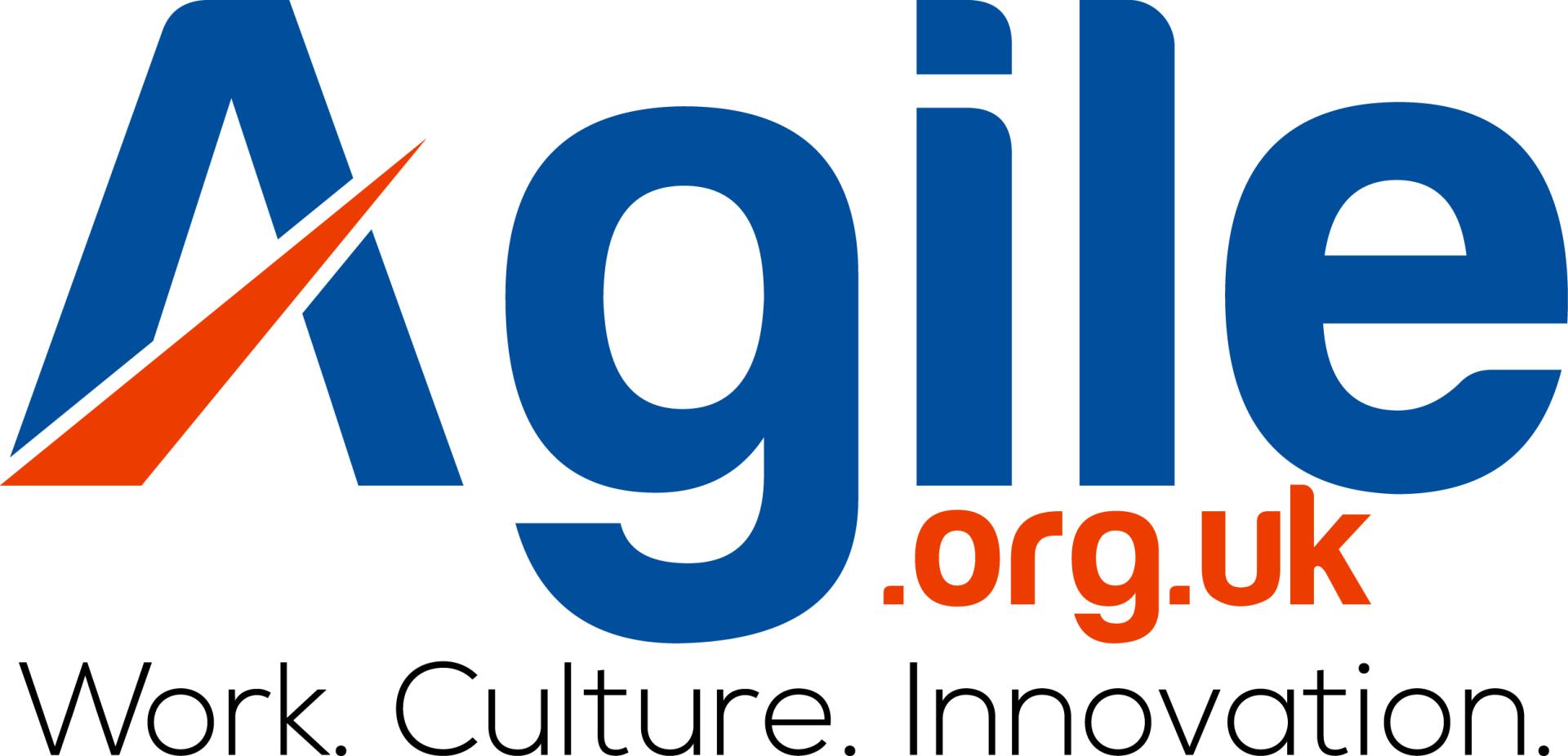Much is spoken and written about agile and the need for organisations to embrace agility. Agile is no longer a buzzword. There is increasing widespread realisation that agile is a business “must do” priority that has real value. It appears in many vision and value statements, but many organisations are struggling with the concept and how to make it a reality. So what is on the Agile Agenda.
An agile organisation is one that can readily adapt to changing circumstances. It is characterised by being able to rapidly reassess and respond to changing supply and demand situations, and innovate to challenge and change the dynamics of the market places and sectors in which they choose to operate. Agile organisations share with their partners, and integrate employees, contractors, customers and suppliers in developing knowledge and skills. They focus on value and outputs and are characterised by trust, delegation and partnership. Above all agile organisations understand and embrace the fact that “People are the Organisation”, and how they are nurtured, empowered and led is the key differentiator in the Agile World Order.
The mature, regulated, socially responsible western economies today face unregulated emerging, BRIC and “tiger economies” in increasingly competitive Global market places. This coupled with the continually changing financial and trading dynamics mean that all organisations, public and private alike, face unprecedented tough economic pressures, performance and service challenges. However, the pace, unpredictability and scale of change is the greatest challenge for organisations today, and this makes the focus on corporate agility paramount and unrelenting.
Mark Eppert VP Global Transformation for Coca-Cola confirms the action needed, “agile organisations move with speed and take smart risks, accelerating time to market by ruthlessly prioritising, providing clear decision rights, leveraging small cross functional teams and constantly putting the customer and its partners at the center of the feedback loop as they quickly seek input to drive iterative innovation. People in the organization are not focused on getting more work done, but getting more value out of the work that they are doing”. For 21st Century business implementing agile is a commercial and cultural imperative.
The Agile Agenda is about seeing the organisation as a living organism no longer a fixed machine. Charles Darwin summed up the need for agility in his often quoted “it is not the strongest of the species that survives, nor the most intelligent that survives. It is the one that is most adaptable to change”. The foundation of this adaptability is creating the environment, capability and culture to motivate people and organisations to continuously and rapidly respond to challenges and opportunities by working, thinking, innovating and operating in agile ways. This is the key to surviving and thriving in the current fast moving times.
Nike CEO Mark Parker summed up the business reality of agile saying “business models are not meant to be static. In the world we live in today, you have to adapt and change. One of my fears is being this big, slow, constipated, bureaucratic company that’s happy with its success. That will wind up being your death in the end.” Time for everyone to embrace the Agile Agenda and take on the challenges of rapid change:
The Agile Agenda
View work as an activity not a place,
Focus on performance not presenteeism,
Create trust based relationships not hierarchies,
Embrace innovation rather than bureaucracy, and
Value people more than property.
Paul Allsopp, The Agile Organisation.
Elements of this article reproduced by The Guardian newspaper:
http://www.guardian.co.uk/money/2010/sep/18/agile-working-flexibility-team-work














@Noostvog I think it may be the simple chgane of a word. Replace 21 century Managers with 21 Century Leaders . Leader has a completely different connotation than manager. what are needed are fewer managers (maybe none) and more leaders. but leaders require leadership and followership. that is a whole other post. But really. You can not run a business without leaders. Even scrum has the Product Owner who sets direction prioritizes the backlog etc But leaders not managers.